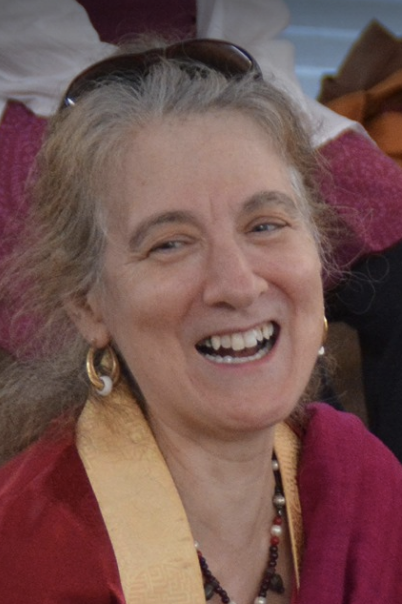Abstract
I start with a few phenomenological reflections on how easeful attention to breath resolves structures that constrict our experience of being. What does breath feel like, and what does it bring us? What changes when we direct breath to different parts of the body, or different parts of the environment? Breath is air. Air is movement, and thus breath is connected with everything that moves. I point to several such connections, the movement of wind currents inside the body and out (clung), as well as the mobile dynamism of life force (blah itself, found not only in breathing bodies but in land and water.When breath is directed in certain ways, it opens to experiences of wisdom, famously described as unborn and unceasing, and connects as well as with contemporary notions, such as described by Daniel Stern, of vitality as core to human experience. This talk is a I briefly explore a medley of these connections.
Questions for reflection
What are the connecting principles in these various scenarios of breath, energy, and vitality?
How might any of the themes mentioned here connect to a) classic Buddhist ideas or practices, and/or b) issues in your own life?
Do terms like bLa (life vitality) or the idea elements as existing across a spectrum that includes materiality, energy, and light, (in sutra, tantra and dzogchen respectively) have analogues in your own cultural context? Or not? This is an invitation to think on the cultural context of these ideas and how they are distinguished from other, perhaps especially contemporary western, cultural perspectives.
Further reading
Klein, A. C. (2017). “Divining Hail: Deities, Energies, and Tantra on the Tibetan Plateau”. In M. Lackner (Ed.), Coping with the Future: Theories and Practices of Divination in East Asia (pp. 233–251). Brill.
Klein, A. C. (2013). “Seeing Body, Being Mind: Contemplative Practice and Buddhist Epistemology” in Companion to Buddhist Philosophy. Ed. Steven B. Emmanuel. London: Blackwell.
Klein, A. C. (2013). “The Knowing Body: Currents of Connection and Women in Religious Dialogue “ in Women and Interreligious Dialogue Editor, Catherine Corneille, Crossroads Press.
McLeod, K. (2002). “Karma and Dismantling Belief, and “Dismantling Deconstructive Emotions”.” In Wake Up to Your Life: Discovering the Buddhist Path of Attention. Harper San Franciso.
Wangyal, T. (2002). Healing with Form, Energy and Light: The Five Elements in Tibetan Shamanism, Tantra, and Dzogchen. (M. Dahlby, Ed.). Snow Lion Publications.
Anne Carolyn Klein/Rigzin Drolma, is Professor and a former Chair of the Department of Religion, Rice University, where she helped developed a contemplative studies concentration for graduate students. Co-founder of the Dawn Mountain Center for Tibetan Buddhism. She is a Lama in the Nyingma (ancient) Buddhist tradition.
Her central thematic interest is the embodied interaction between head and heart across a spectrum of Buddhist theories of cognitive and somatic knowing. She participates also in the emerging field of micro-phenomenology where the juxtaposition of philosophical, scientific, and experiential research promises a fresh way of bridging traditional and contemporary cultures’ ways of knowing.

